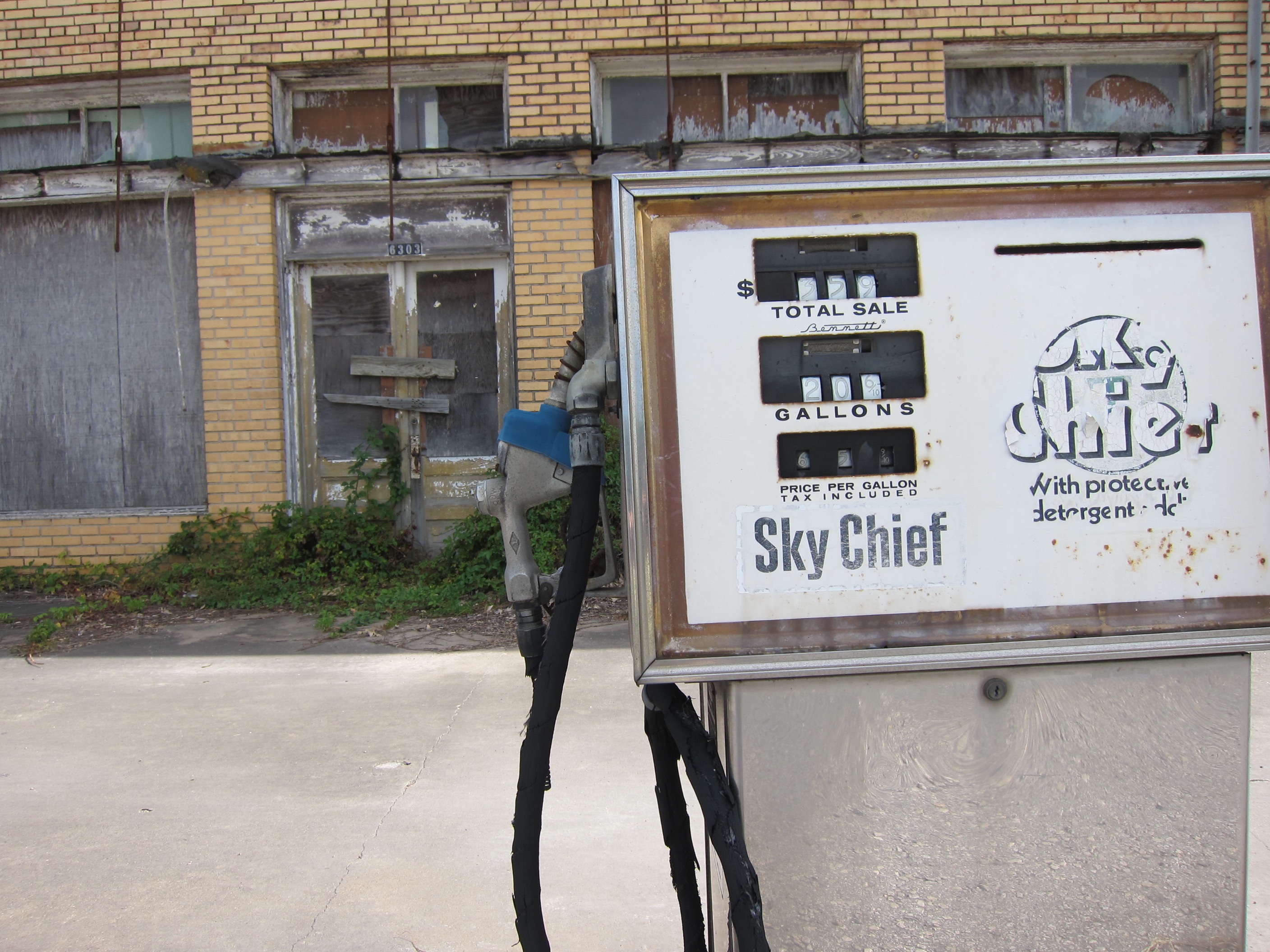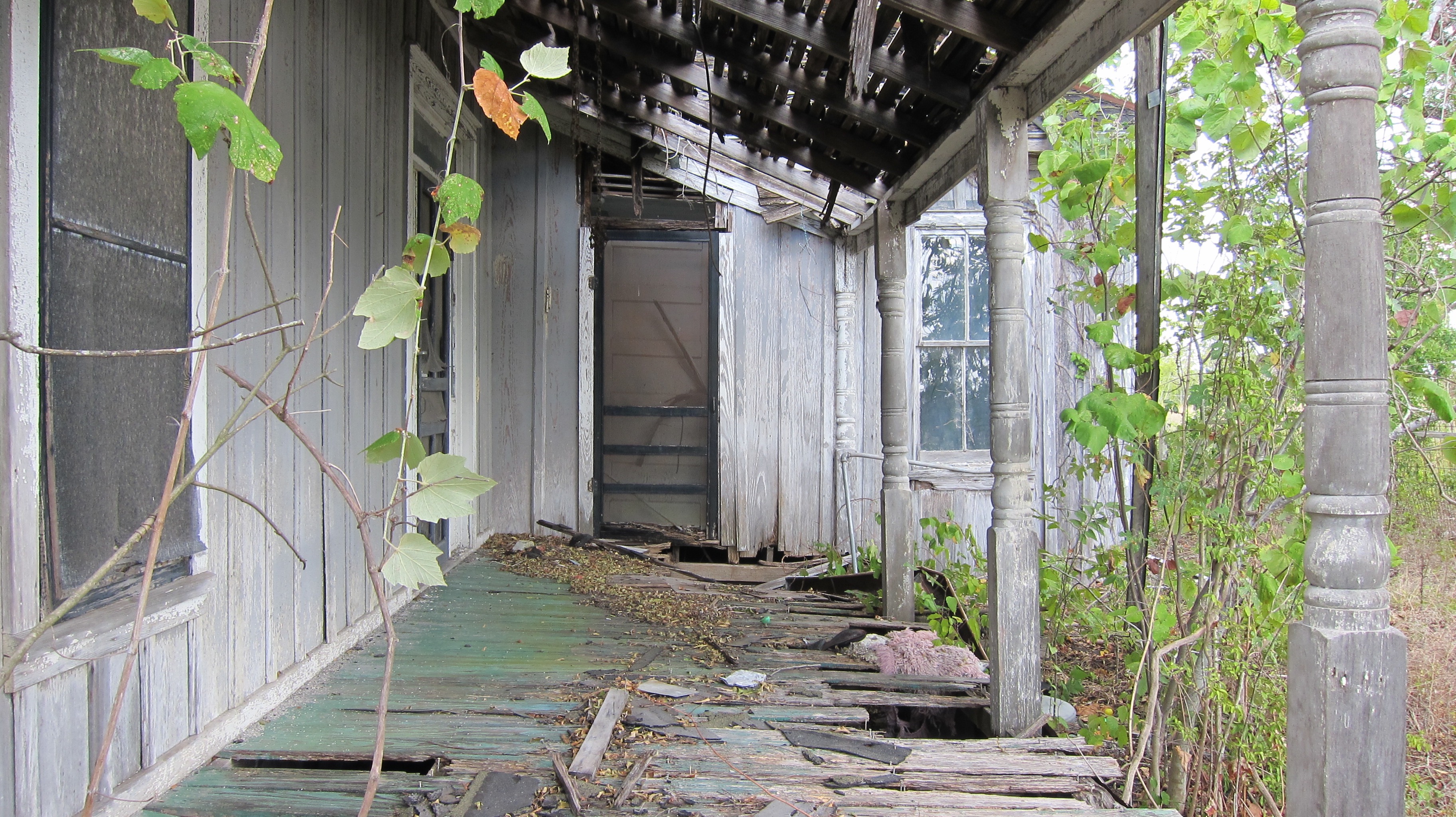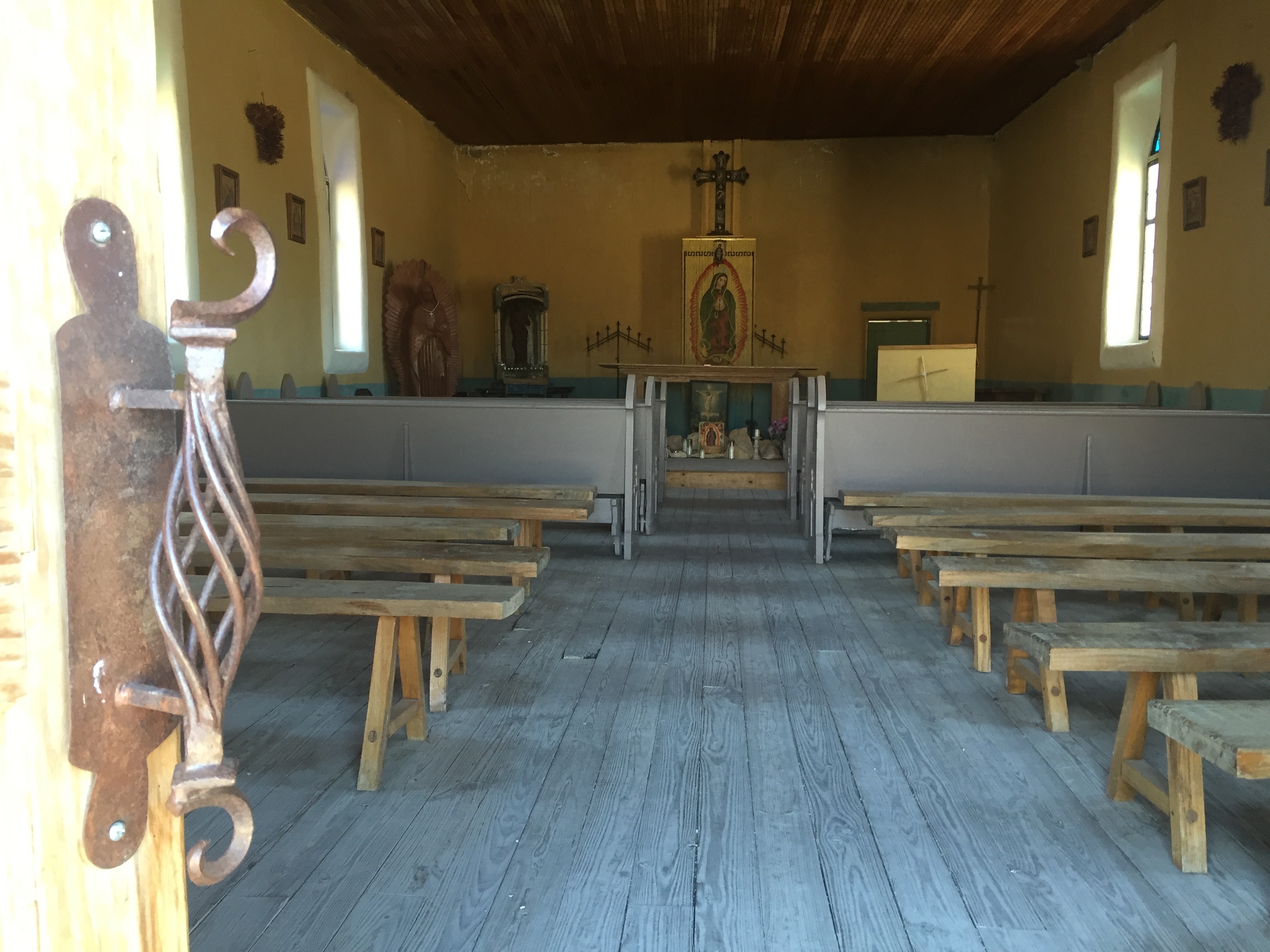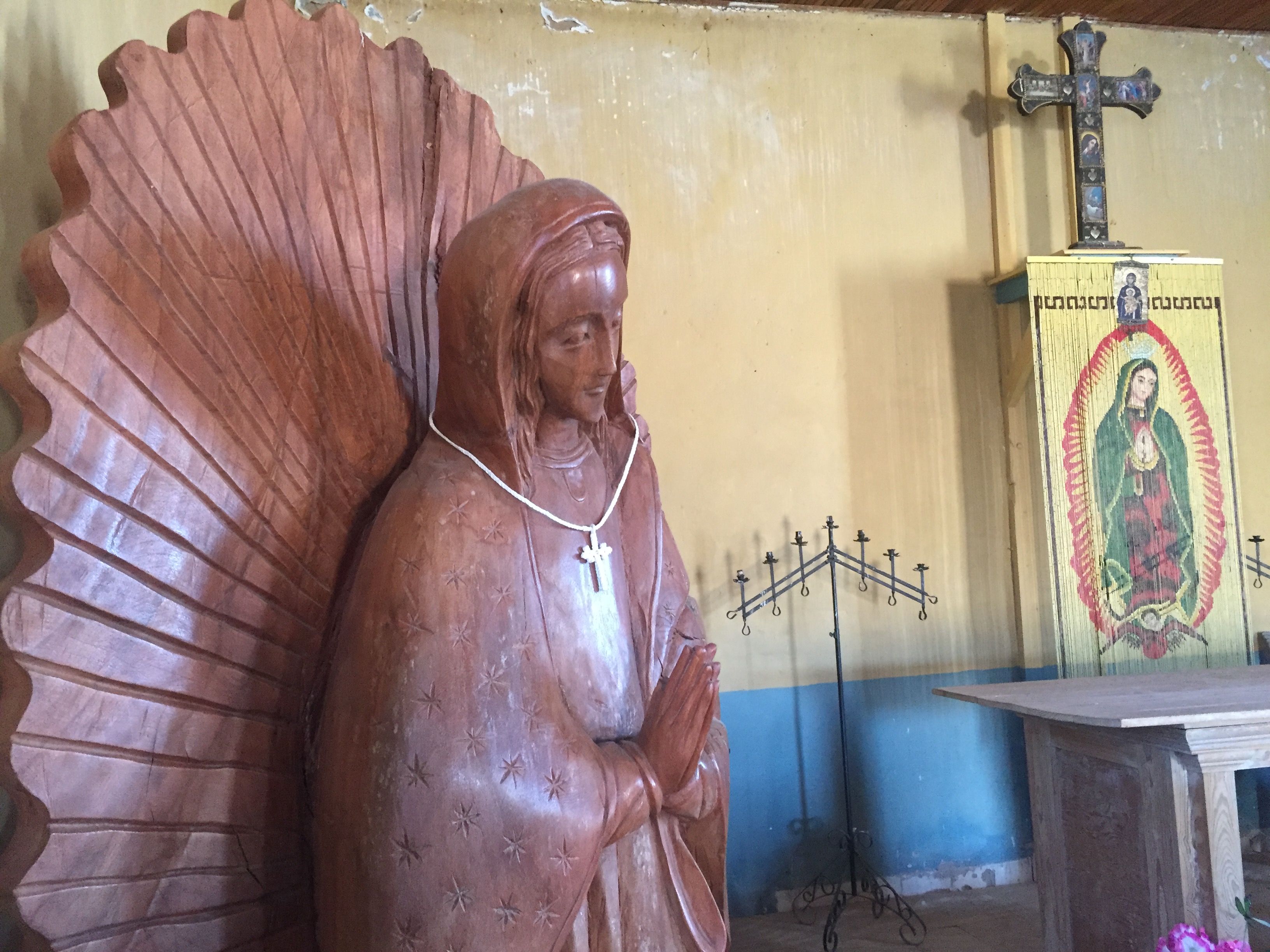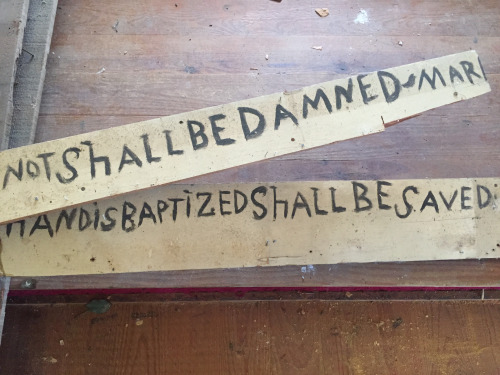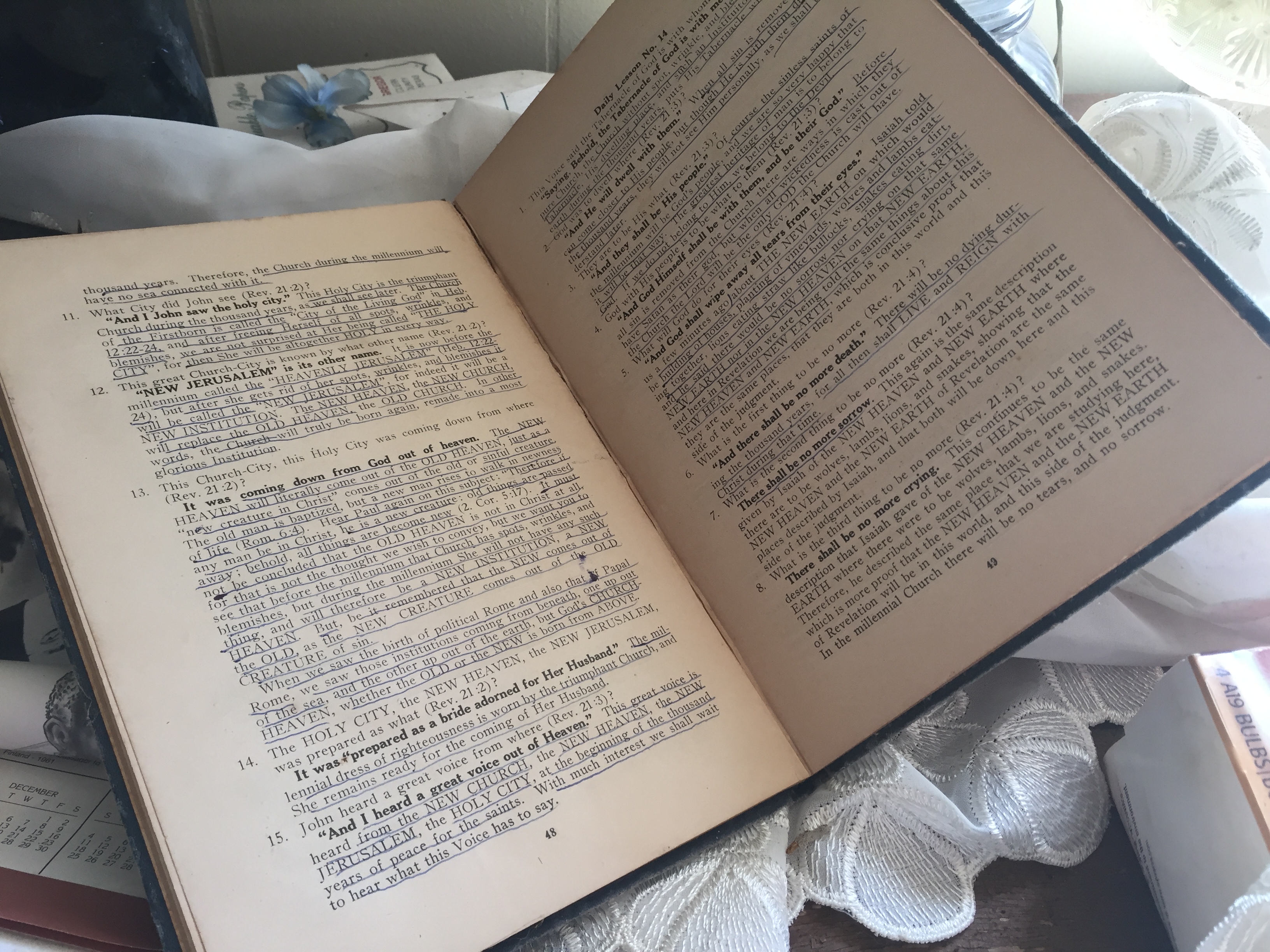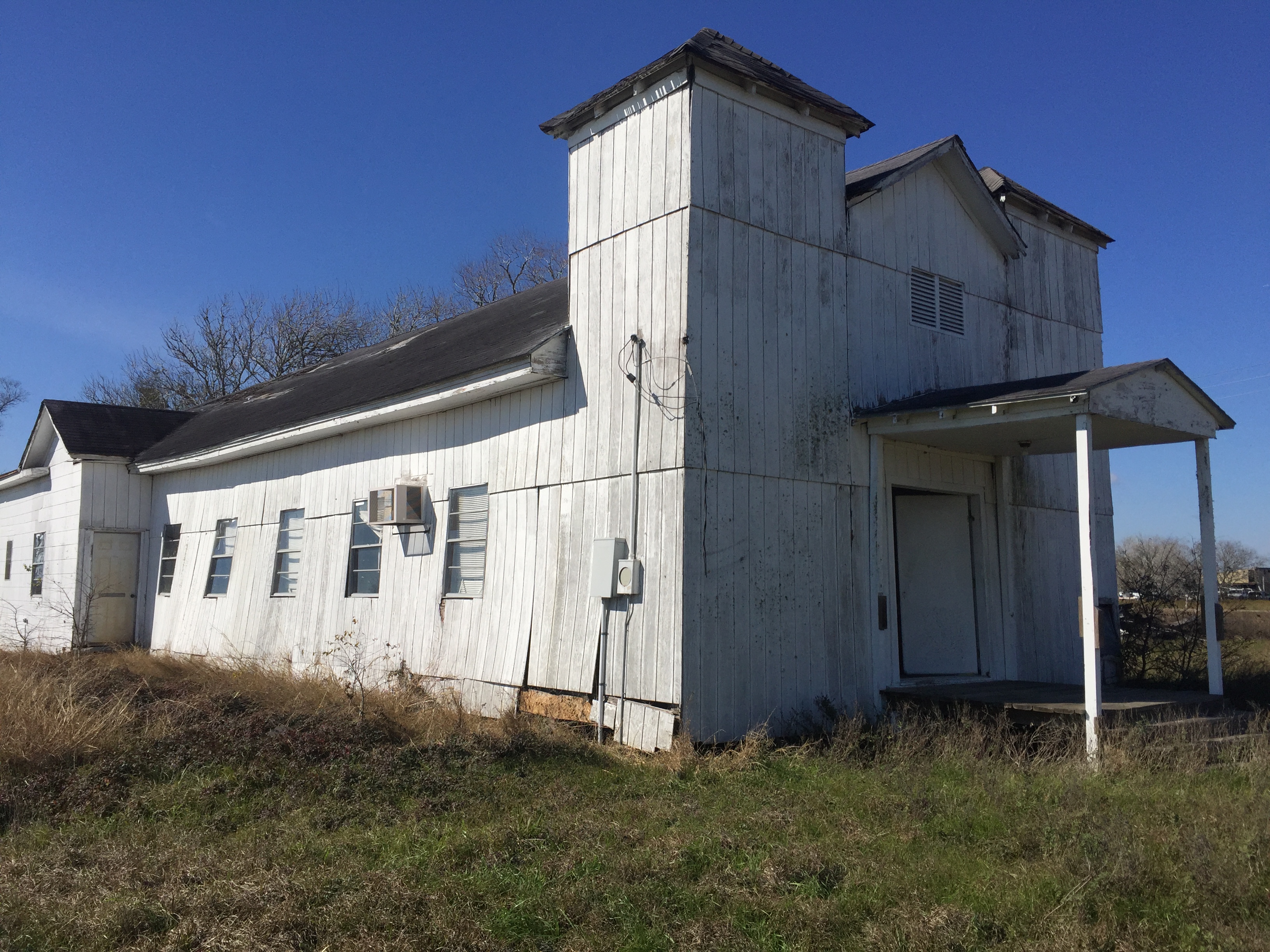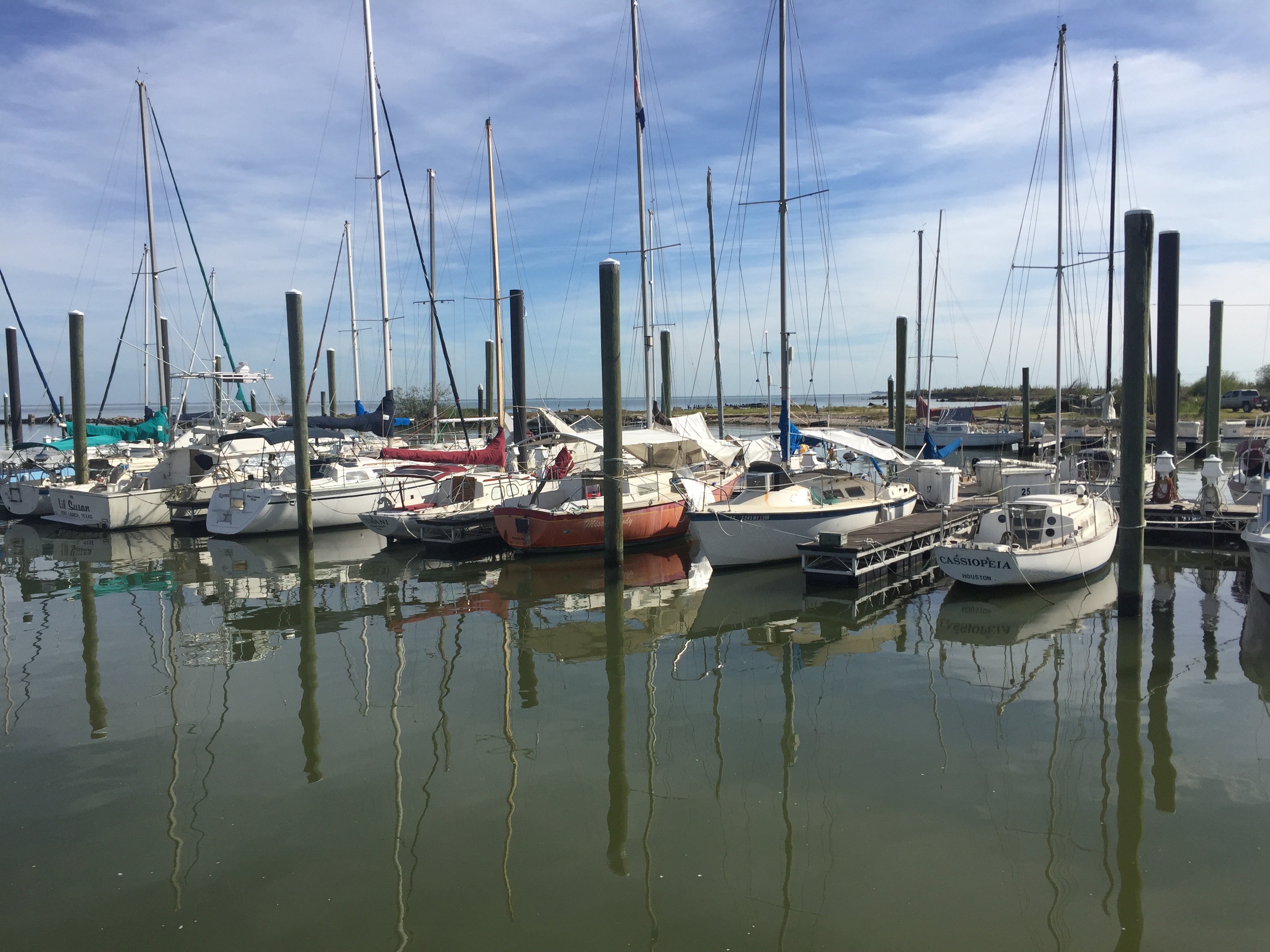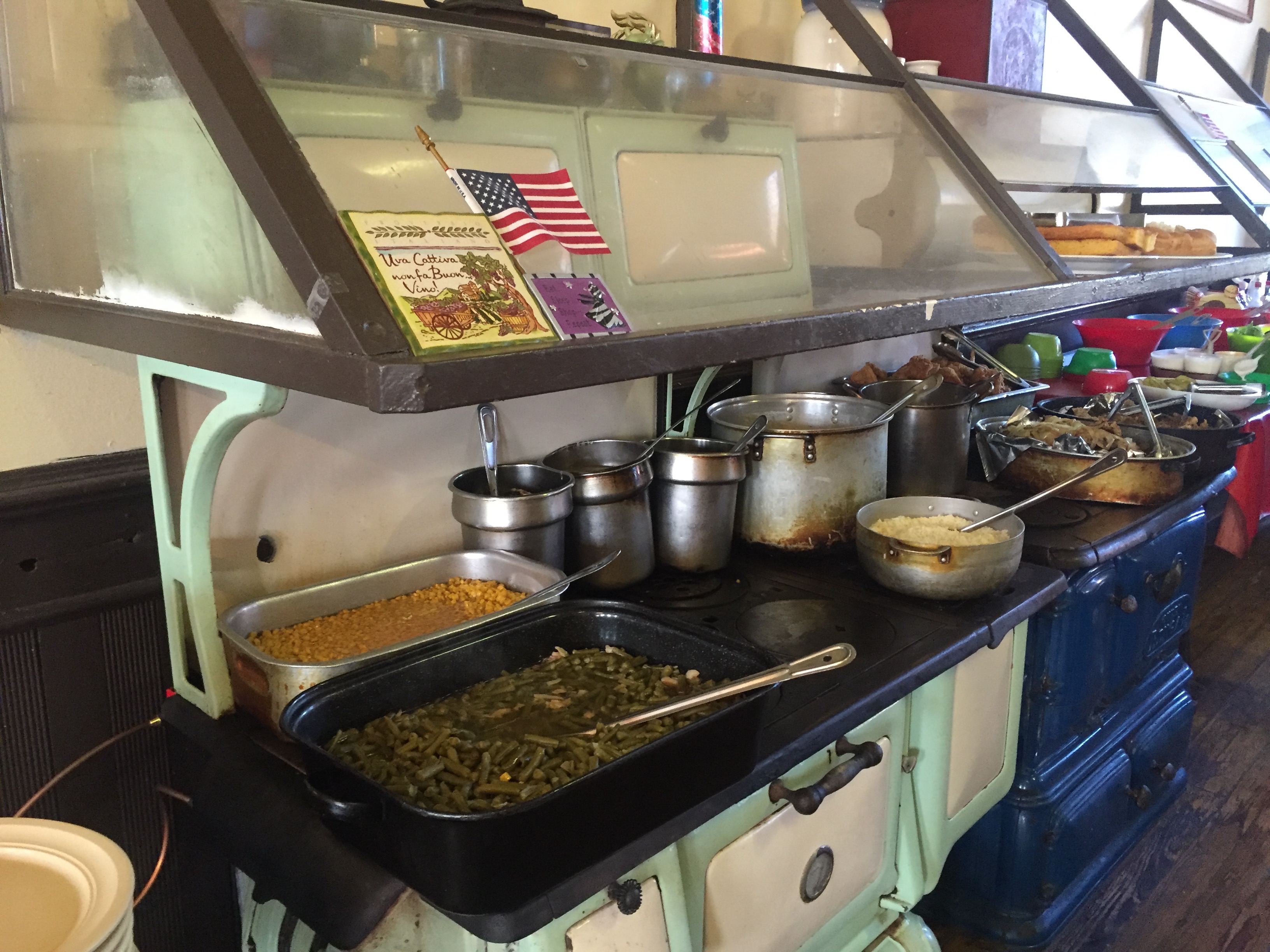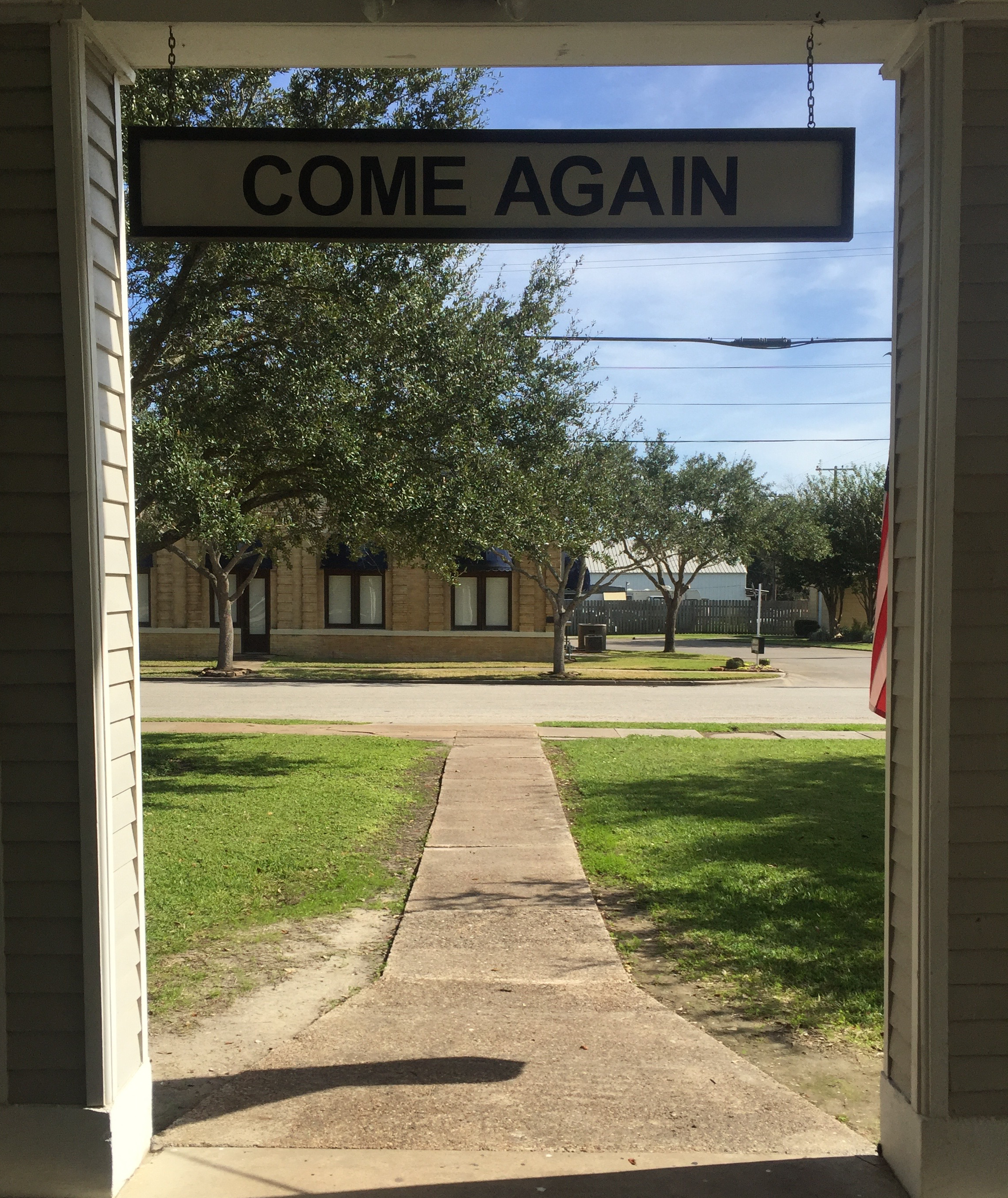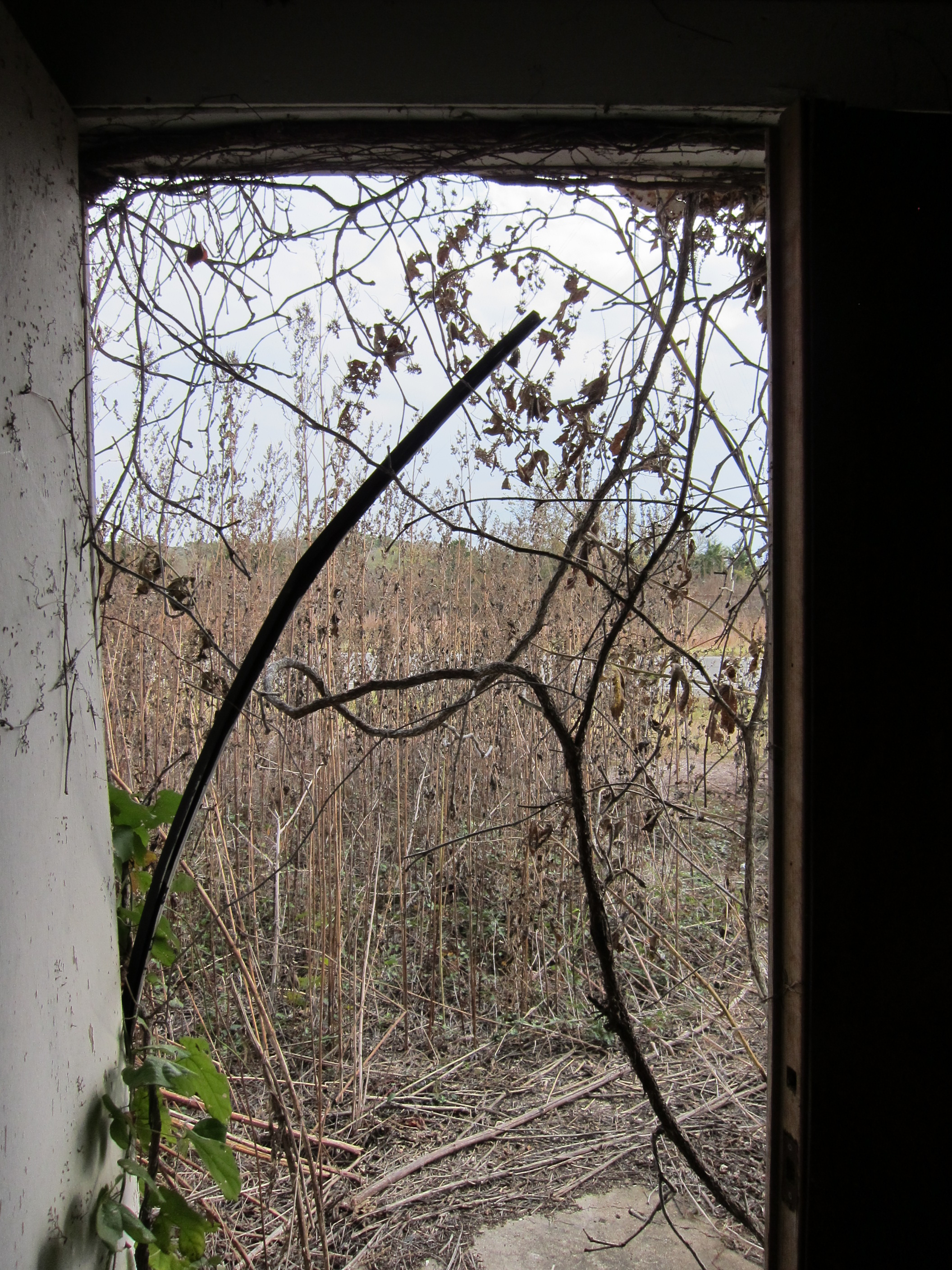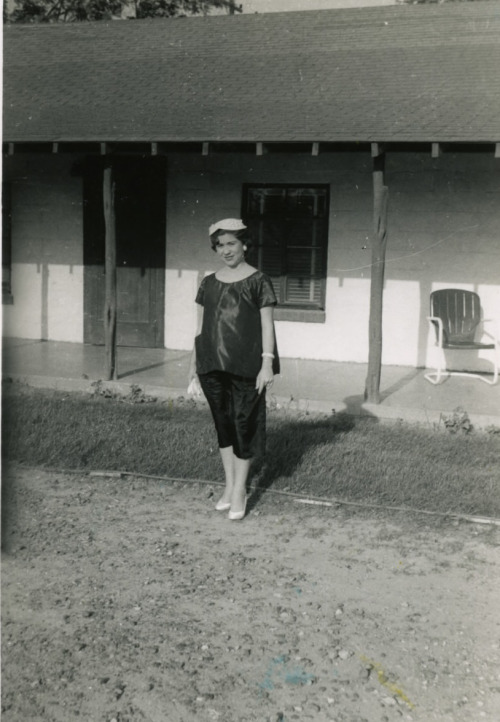Big Bend National Park is one of the absolutely must-see places in the Lone Star State. Bordered by a 118-mile stretch of the Rio Grande River to the South, the park encompasses more than 800,000 acres of magnificent Chihuahuan Desert landscapes.
In 2012, Big Bend National Park was awarded International Dark Sky Park status by the International Dark-Sky Association. The park boasts the darkest skies of any national park in the lower 48 states. There are no words to describe the breathtaking nights in this wide part of Texas.
Big Bend National Park also has a variety of hiking trails for every skill level — all of which offer their respective spectacular vistas. Whether you are interested in a tough multi-day thru-hike or a short and easy stroll, Big Bend does not disappoint.
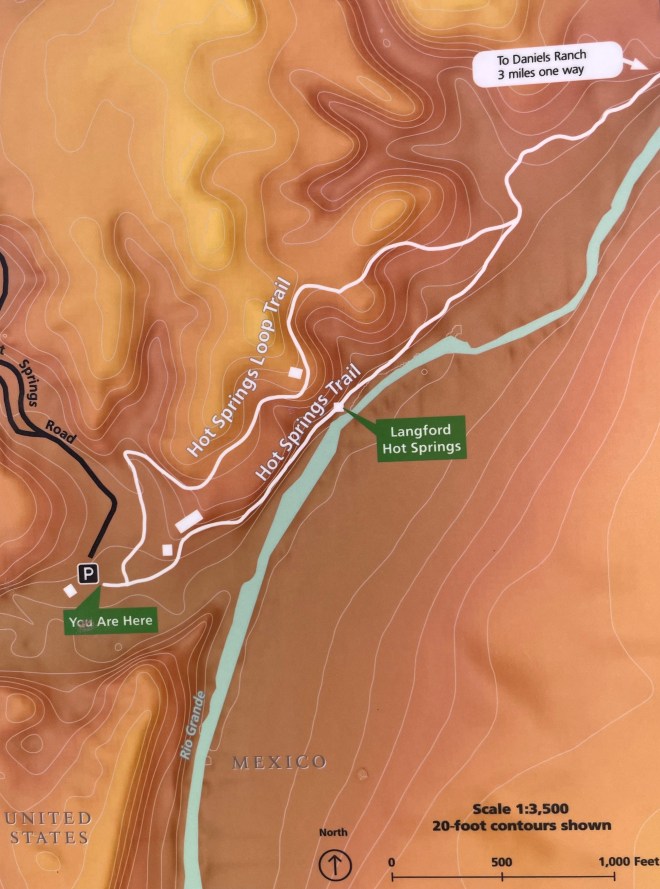
The Big Bend Hot Springs Trail is a 1.2 mile loop trail with a modest 144-feet of elevation gain. The trailhead is located at the end of a two-mile gravel road that descends down a rough, narrow wash to the Hot Springs Historic District. There is ample parking there.
The Hot Springs Historic District preserves the history of this popular location in the park. In the early 1900s, a man from Mississippi named J.O. Langford was suffering from malaria-related health concerns. He traveled to Alpine, Texas with his pregnant wife and young daughter in hopes that the desert climate would improve his health.
While in Alpine, Langford heard about hot springs along the Rio Grande that would cure anything. Without having seen the place, Langford headed to the county surveyor’s office and filed a claim under the homestead act to secure the hot springs and adjacent land. He then loaded up his wagon and traveled eleven days from Alpine to his newly-acquired tract.
After Langford regained his health by taking a three-week treatment of bathing and drinking the spring water, he opened the springs to others seeking to improve their health. He built a bath house over the springs and charged 10 cents per day or $2.00 for a three-week treatment.

A country store, restaurant, post office, and lodging followed, making the area a popular tourist destination. The remnants of these buildings still stand as mute testimony to the attraction of the hot springs.

The Hot Spring Loop Trail leads to what remains of Langford’s bathhouse. The hot 105-degree spring water is retained in the perimeter of the old foundation, forming a large square bathtub. Soakers can sit and gaze at the Rio Grande and across to Mexico.


The Hot Spring Loop Trail continues for a bit beyond the hot springs and then takes a turn up the bluff. The views from this section of the trail are magnificent. Distant purple-hued mountains draw your eyes upward past the sagebrush and ocotillo that look like something transplanted from a Martian landscape.

The trail eventually loops back toward the trailhead and parking area, descending behind the remnants of the old general store. The hike is relatively easy and the views are better than spectacular. If you visit Big Bend and are limited on time, then this is a must-do hike that will reward you with great views.





